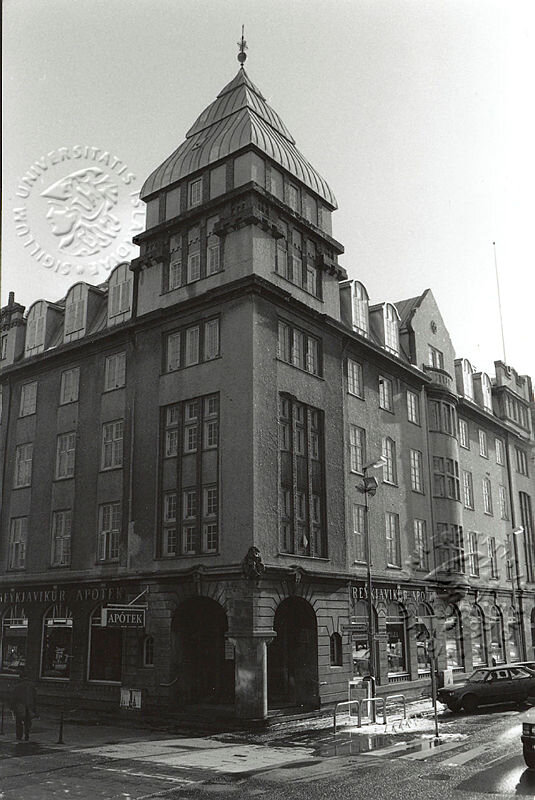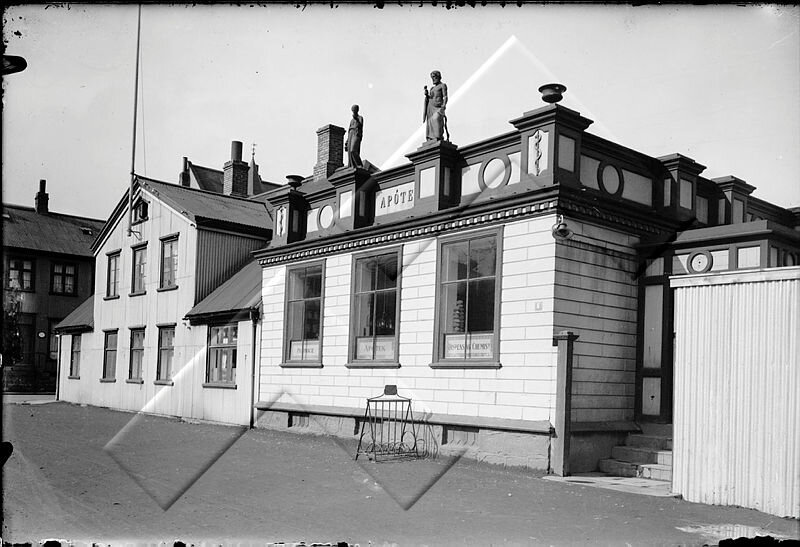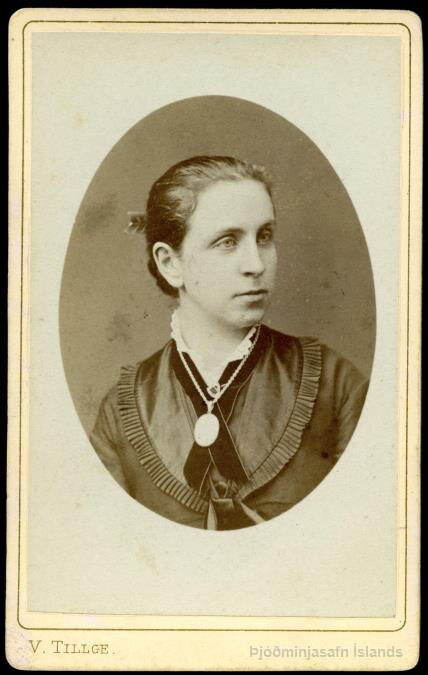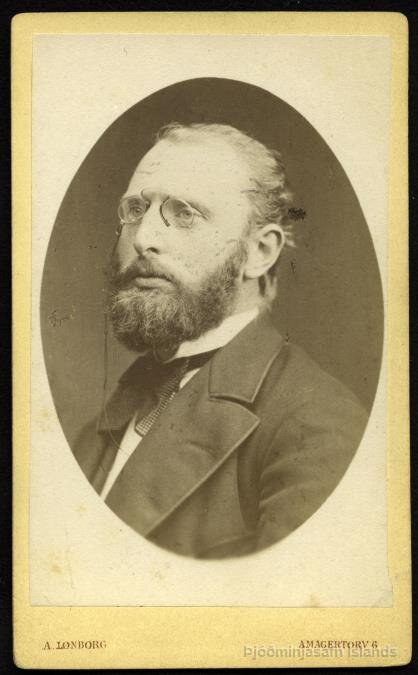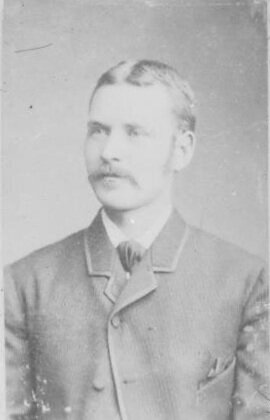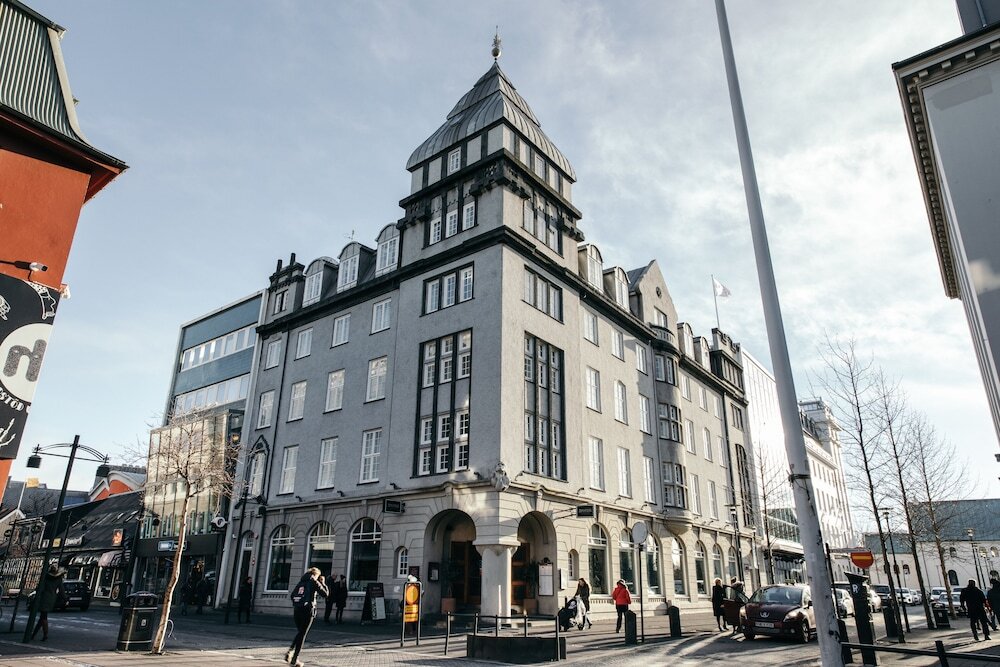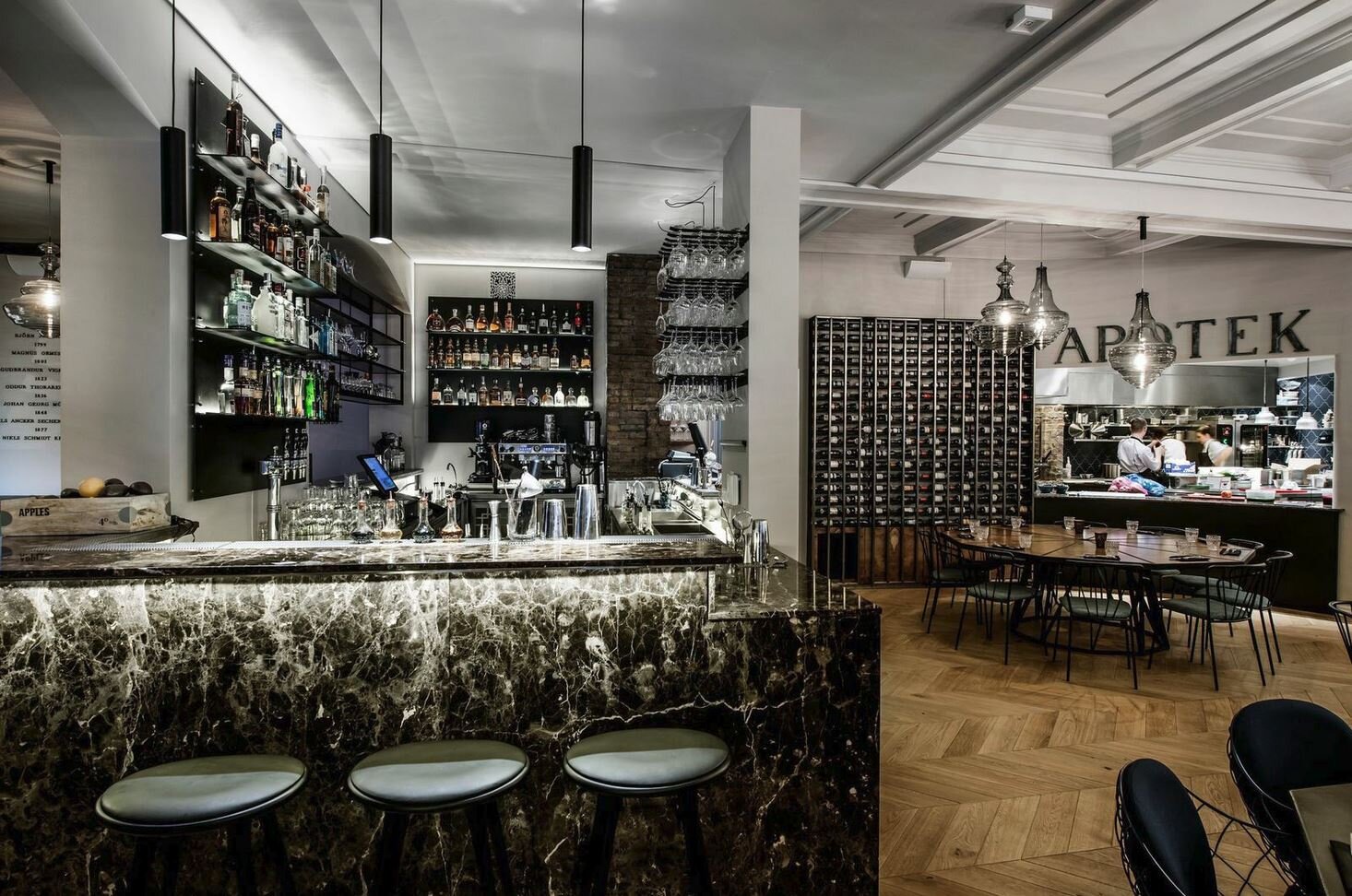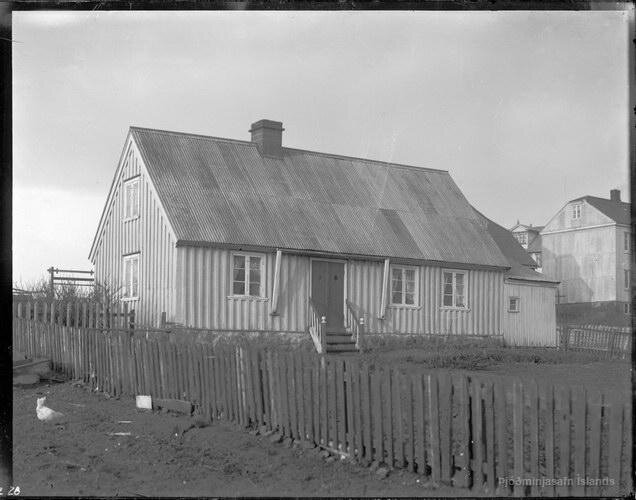Pharmacist Poisons Himself and His Family
Click below to listen
All cases are featured in seperate episodes in both Icelandic and English
Icelandic
English
ABOUT THE CASE
One cold Thursday morning, a family is found dead in their home at Suðurgata 2. Sigurður Magnússon, a pharmacist, had taken his own life with cyanide. His wife, Hulda Karen Larsen, and their young children Magnús, Sigríður Dúa and Ingibjörg Stefanía, were found lying side by side after Sigurður had also given them cyanide. This case is the first and only of its kind in Iceland, when a perpetrator commits a family murder and takes his own life. The house at Suðurgata 2 is known as Dillonshús, or Dillon's House, and was moved Árbæjarsafn Museum for preservation due to its story and antiquity, but its story is not only of Sigurður and his family.
The key Personas
The Murderer
Sigurður Magnússon
Born March 27th 1918 in Reykjavik:
Died February 26th 1953.
Sigurður was 35 years old when he took his own life along with poisoning his wife and their three young children.
He was the son of Magnús Sigurðsson, the bank director of the National Bank of Iceland, or Landsbankinn, and of his wife Ástríður Stephensen Magnúsdóttir, who was from a long line of officials in Iceland.
Sigurður finished the first half of his pharmacy studies at the pharmacy Laugavegs apotek in 1941, and took the final exam in pharmacy in 1943, at a university in Philadelphia in the United States of America. He was hired as a pharmacist a year later at the pharmacy Reykjavík apotek where he worked until his death. Sigurður was thought of as an easygoing, reserved and calm man.
Sigurður Magnússon
The Victims
Hulda Karen Larsen
Born May 28th 1920 in Reykjavik:
Died February 26th 1953.
Hulda grew up in Siglufjörður, in North-Iceland, but was born in Reykjavík. She was 2 years younger than Sigurður, and therefore 33 years old when she died. While Hulda grew up in Siglufjörður, she practiced with the local gymnastics club, did acting in various plays in the community, and practiced skiing. She was the daughter of Sigríður Ögmundsdóttir and the stepdaughter of Karl Grímur Dúason, but Hulda's father was a man named Kai Larsen who lived mostly in Copenhagen in Denmark.
Hulda Karen Larsen
Magnús Sigurðsson
Born November 26th 1946 in Reykjavik:
Died February 26th 1953.
Magnús was the eldest of Sigurður and Hulda’s three children. He would have become 7 years old the year he died.
Magnús Sigurðsson
Sigríður Dúa Sigurðardóttir
Born March 20th 1948 in Reykjavik:
Died February 26th 1953.
Sigríður Dúa was the middle child of Sigurður and Hulda. She would have become 5 years old the year she died.
Sigríður Dúa Sigurðardóttir
Ingibjörg Stefanía Sigurðardóttir
Born August 26th 1949 in Reykjavik:
Died February 26th 1953.
Ingibjörg Stefanía was the youngest of Sigurður and Hulda’s three children. She would have become 4 years old the year she died.
Ingibjörg Stefanía Sigurðardóttir
SuÐURGATA 2
or ‘Dillonshús / Dillon’s House’
Sigurður and Hulda lived with their children at Suðurgata 2, in downtown Reykjavík City. The house is generally referred to as Dillonshús, or Dillon’s House, is among the oldest houses of Reykjavík City and stood at the corner of Suðurgata and Túngata. Due to its story, it was moved to the Árbæjarsafn museum for preservation in the summer of 1961. But the story in question, is not the story of Sigurður and Hulda.
Dillonshús was built in 1835 by Arthur Dillon (full name Arthur Edmund Denis Dillon-Lee). He was born in 1812 and of British and Irish nobles. In the summer of 1834 he travelled to Iceland after travelling throughout Lapland, and intended to write a book on his travels.
In Iceland, Arthur met and fell in love with Sire Ottesen (real name Sigríður Elísa Þorkelsdóttir Bergmann), born in 1799. They had a daughter together, Henriette Dillon, and planned on getting married. Since Sire was a 36-year-old divorcee and had children with three different men, and been convicted of adultery, Arthur’s relatives in Britain protested their match, and therefor they were not allowed to marry.
Arthur returned to Britain in the fall of 1835, where he became the 16th Viscount Dillon of Costello-Gallin after his father, and gave Sire the house at Suðurgata 2, where she continued to live with their daughter Henriette. The house has been referred to as Dillonshús ever since, and there Sire ran a restaurant with an alcohol license, and held dances.
In 1840, Arthur Dillon published in two volumes the book A Winter in Iceland and Lapland, on his travels throughout Lapland and his one year stay in Iceland in the winter of 1834 to 1835.
Today a restaurant is operated in Dillonshús during summertime, where it now stands in the museum Árbæjarsafn, just like Sire Ottesen had done before. But over the wintertime, Dillonshús is rented out for meetings and celebrations. The house was moved there for preservation in 1961, and later the house was declared protected in 1990 due to its age. At Suðurgata 2, where Dillonshús once stood, there is now only a parking lot.
This was the story of Suðurgata 2, Dillonshús, and the British nobleman Arthur Dillon who built it for the woman he loved but was not allowed to marry.
OTHER PHOTOGRAPHS
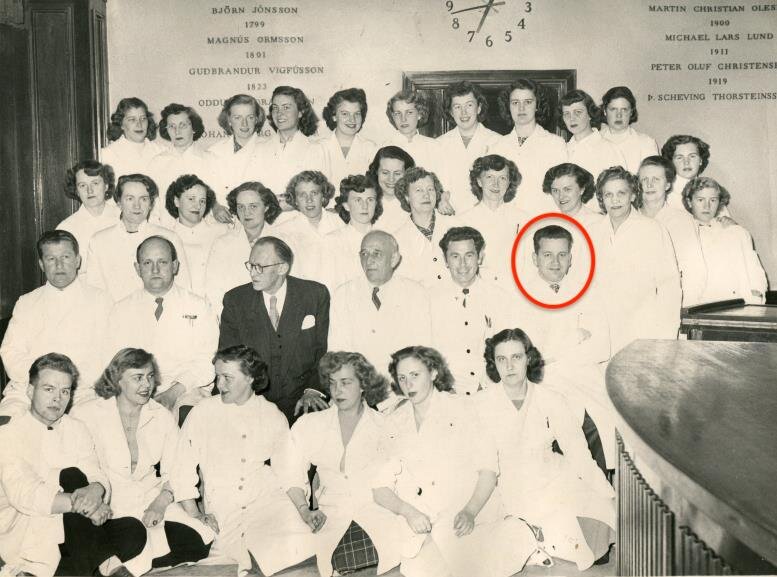
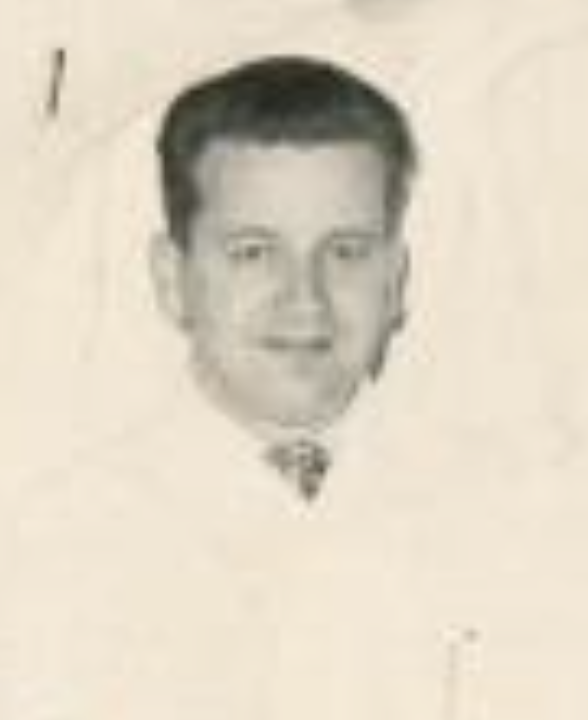
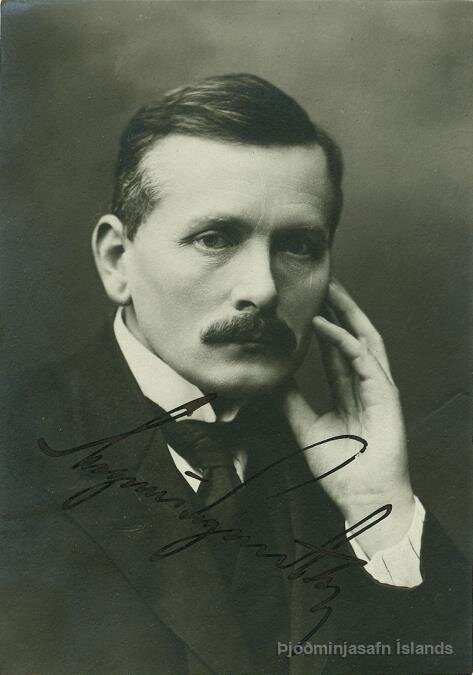


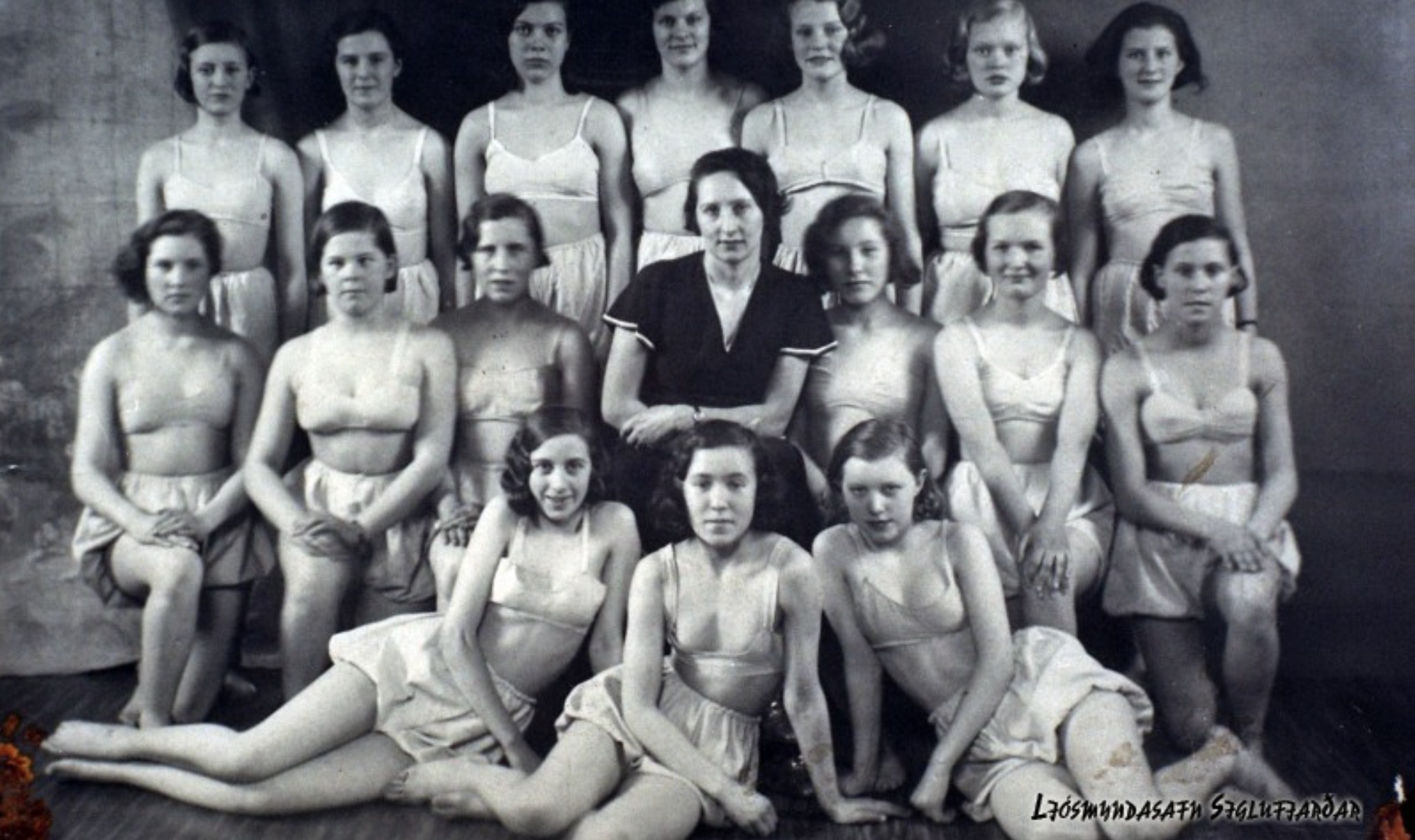
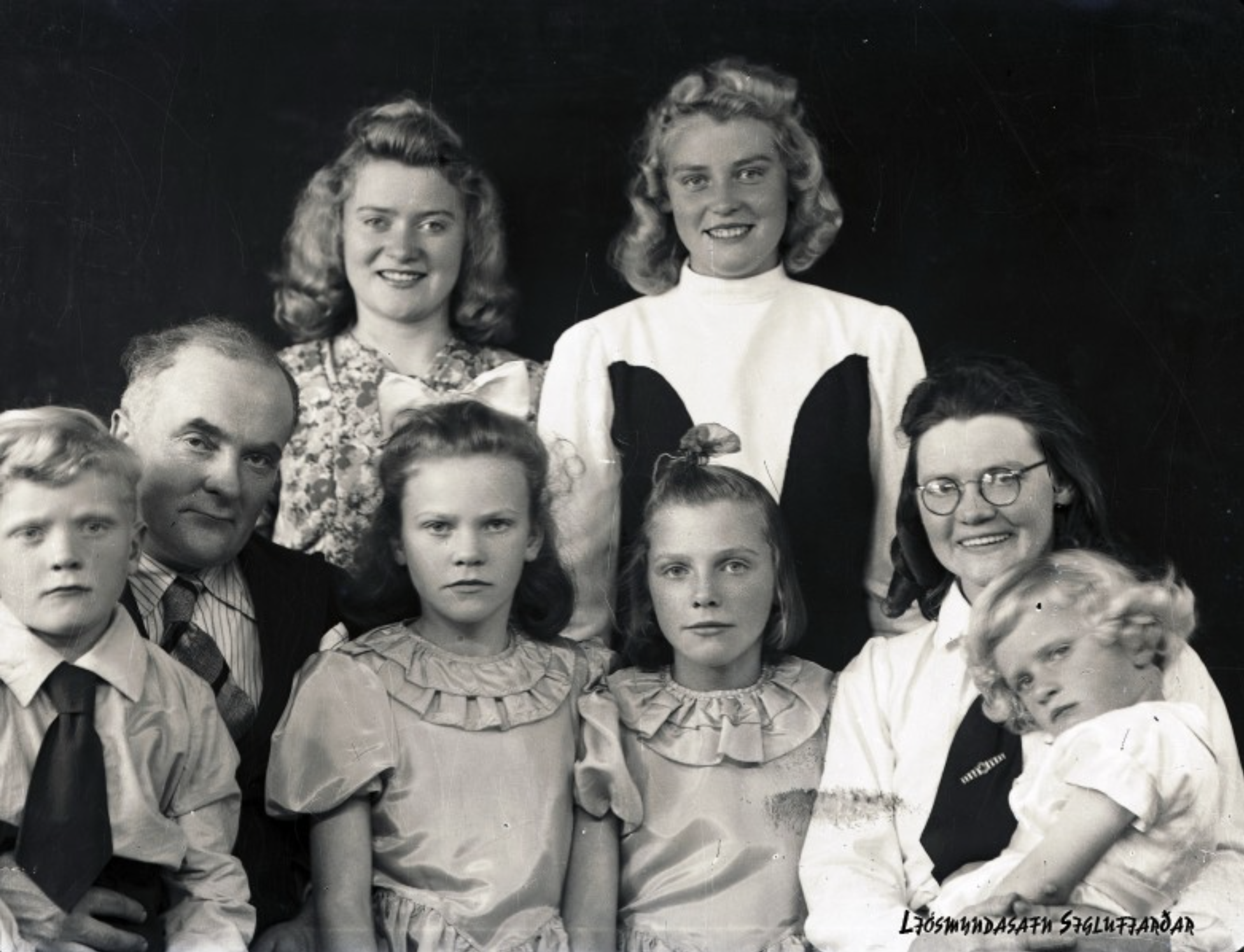
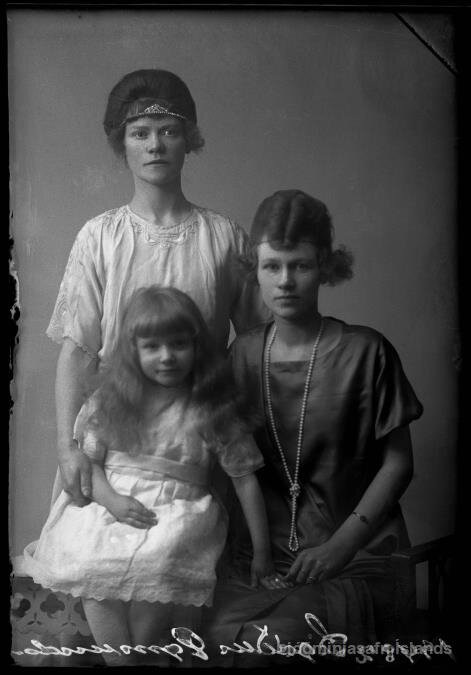
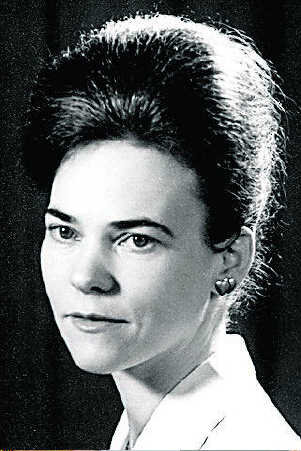
REYKJAVÍKUR APÓTEK
The pharmacy where Sigurður worked
Sigurður and Hulda’s family at Suðurgata didn't live far from where Sigurður worked at Reykjavíkur apótek, when it was operating at Austurstræti 16 from 1930 to 1999. Today, Apotek Restaurant and Apotek Hotel by Keahotels are operating in the building. The pharmacy had previously been operating at Austurvöllur 4, where now is Thorvaldsensstræti 6, but that building was torn down in 1960.
In the history of the Reykjavik apotek pharmacy, three individuals are known to have committed suicide by taking in poison. Before Sigurður took his life and the lives of his wife and children, Marie Josefine Angelique Kruger (wife of pharmacist Niels Schmidt Kruger) and Jón Tómasson (assistant of Niels Schmidt Kruger), took their lives when living at the pharmacy when it was operating at Thorvaldsensstræti 6. You can hear their story on the episode.
